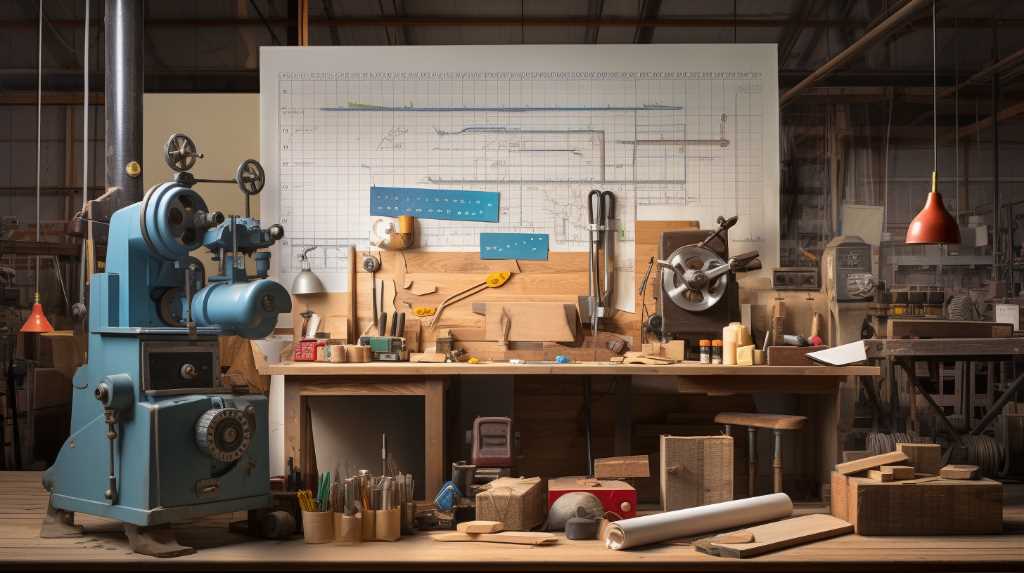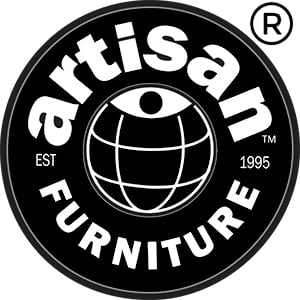
In the realm of furniture manufacturing, managing costs stands out as a critical hurdle for sustaining profitability. A notable 30% of these businesses report that cost management tops their list of challenges. The volatility in the cost of raw materials, coupled with the growing demand for sustainable practices, has a pronounced effect on their financial health. It’s imperative for those of us in the industry to scrutinize various methods that can refine the procurement of raw materials and consider how we can streamline our production processes to cut down on costs.
The adoption of technology and automation is becoming increasingly pivotal in transforming the financial framework of furniture production. The optimization of labor and the workforce is equally vital. Additionally, embracing methods to reduce waste and recycling can lead to considerable cost savings. Investigating the complexities of these approaches and their practical application may reveal cost-saving opportunities that are not immediately apparent.
So, what are the concrete financial advantages of these strategies? To get to the heart of cost management in furniture production, it’s crucial to dissect and understand the different layers that can fortify a company’s financial standing.
Raw Material Procurement Strategies
To effectively manage costs in furniture manufacturing, it’s essential to thoroughly analyze and improve our strategies for obtaining raw materials. The goal is to achieve a delicate equilibrium between cost and quality. Particularly for wooden furniture, sourcing demands careful planning to secure materials at reasonable prices without compromising on stringent quality requirements.
Effective supply chain management is vital to our operations. We actively monitor the market to pinpoint trustworthy suppliers who offer sustainable resources. This strategy is in line with our environmental responsibility and helps to sidestep potential future costs related to environmental laws. Building lasting partnerships with these suppliers allows us to discuss more favorable conditions and obtain fair pricing for premium, eco-friendly raw materials.
Regular evaluations of our supply chain are part of our routine, involving quality control audits with our suppliers to guarantee that the materials align with our manufacturing needs. This practice isn’t just a way to avoid additional costs but also a means to uphold our brand’s reputation for producing outstanding furniture.
To summarize, refining the procurement of raw materials is a multifaceted task that includes market research, supplier relations, and supply chain reviews. This ensures that we maintain high-quality standards while also adhering to sustainable practices, ultimately supporting both our financial goals and environmental commitments.
Streamlining Manufacturing Processes
After securing a stable supply of raw materials, our attention now shifts towards refining the productivity of our furniture creation process. A thorough examination of each phase allows us to pinpoint and resolve any production snags, thereby not only improving operational flow but also contributing to a decrease in carbon emissions. This issue is of paramount importance for both the ecological health and the longevity of our industry’s practices.
We continually assess our supply chain, aiming to sustain high-quality outputs while simultaneously reducing our environmental impact. As a furniture manufacturing company, it’s essential to incorporate environmentally friendly methods that comply with international sustainability criteria. This requires a detailed review of our manufacturing techniques, the machinery we use, and our overall workflow.
To tackle these significant challenges, we’ve invested in advanced technology that automates routine tasks and diminishes material waste. Our objective is comprehensive—beyond enhancing profit margins, we strive to enrich customer value. Through these systematic process upgrades, we establish new industry standards and reaffirm our dedication to both excellence and ecological stewardship.
Technology Integration and Automation
We are actively integrating advanced technology and automation in our furniture production to enhance efficiency and accuracy. By applying the TLG model, we critically evaluate every stage of our operations to pinpoint where technological advancements can effectively eliminate production delays.
The use of automation, especially in tasks that are repetitive and require a lot of manual labor, not only makes our production more efficient but also reduces the possibility of human mistakes, ensuring our products are consistently high in quality.
Looking more closely, our adoption of technological solutions also includes improvements to our supply chain. We’re carefully restructuring our procurement and distribution strategies to make the most of real-time data analysis. This approach improves how we manage our inventory and allows us to quickly adapt to changes in market demand, which enhances customer satisfaction.
With a commitment to environmental responsibility, we’re choosing new technologies that have a lower carbon footprint. We aim to decrease carbon emissions throughout the entire lifecycle of our products. We select advanced equipment and software that are energy efficient and help to reduce waste. By focusing on both economic and environmental outcomes, we set ourselves apart as leaders in responsible furniture production, balancing cost-effectiveness with the increasing consumer interest in eco-friendly products.
Remember to check for any spelling and grammar mistakes, ensure the content is unique, and use a relaxed and persuasive writing style with clear language, avoiding overused phrases and providing ample context. Use active voice and avoid hyperbole, providing specific examples and recommendations if necessary. Utilize keyword-rich subheadings to create clarity and enhance readability.
Labor and Workforce Optimization
Optimizing our workforce, we tap into the full capabilities of our trained employees by matching their skills with the benefits of our technological progress. In the realm of furniture production, the interplay between human dexterity and automated processes is critical. The goal of labor and workforce optimization goes beyond cost reduction; it’s about securing enduring achievement by enhancing productivity and fulfilling consumer demands.
We scrutinize every phase of production rigorously, ensuring that our workforce is efficiently organized and that task distribution is optimized to heighten productivity and cut down on waste. This meticulous approach is also applied to our supply chain partners, key players in achieving optimal demand satisfaction.
Here’s an outline of core optimization tactics:
| Strategy | Impact |
|---|---|
| Cross-training | Increases operational adaptability |
| Lean Manufacturing | Cuts down on excess, heightens efficiency |
| Ergonomic Workspaces | Lowers injury rates, improves team morale |
Employing these tactics results in a workforce that is nimbler and more capable of adapting to change. By consistently reviewing and refining our labor practices, we aim to not just fulfill but surpass consumer expectations, while also focusing on reducing our environmental footprint. The furniture production sector is highly competitive, and being at the forefront of labor and workforce optimization is key to preserving our advantage.
In our efforts to refine labor and workforce practices, we focus on empowering our employees, streamlining our production processes, and delivering products that our customers can rely on. This isn’t just about staying relevant—it’s about setting a standard for excellence in an industry where quality and efficiency are paramount.
Waste Reduction and Recycling Practices
In the realm of furniture production, the strategies of minimizing waste and adopting robust recycling processes are essential not only for environmental care but also for financial efficiency. As we examine this vital topic, we recognize that practices focused on waste reduction and recycling can enhance a company’s commitment to sustainability while also cutting superfluous costs. We conduct a thorough review of the production process to pinpoint where waste generation can be decreased.
Our strategy involves working closely with interior designers to create furniture that’s flexible and durable, meeting consumer demands for high-quality and eco-friendly products. By carefully using materials like solid wood, we ensure the most efficient use of resources and provide for the reuse of offcuts in crafting smaller items or decor that changes with the seasons. This represents a deliberate move towards ingenuity in our field.
Additionally, our facilities throughout the United States have established procedures for separating and recycling waste. These efforts allow us to meet legal requirements and also support a sustainable economy by maintaining materials in circulation for an extended period. We’ve found that detailed planning and strict adherence to waste reduction rules are essential in our mission to lessen our ecological footprint without sacrificing profit.
We remain committed to exploring innovative methods that align with contemporary environmental concerns and the prevailing language of sustainability. We aim to communicate clearly, avoiding jargon and overused expressions, and to provide a rationale for the significance of our practices. By using an active voice and basing our claims on evidence, we strive to present information in a practical, engaging manner. We also include specific examples where relevant and ensure our content is original, well-researched, and free from plagiarism, creating comprehensive paragraphs that deliver rich details.
